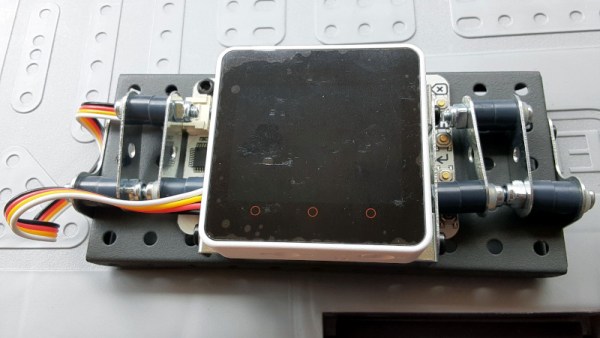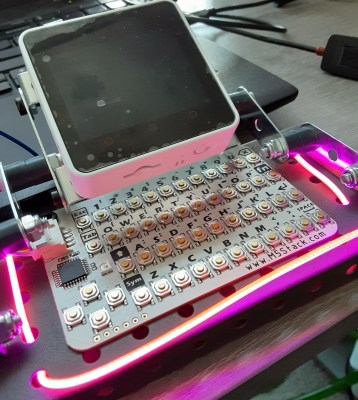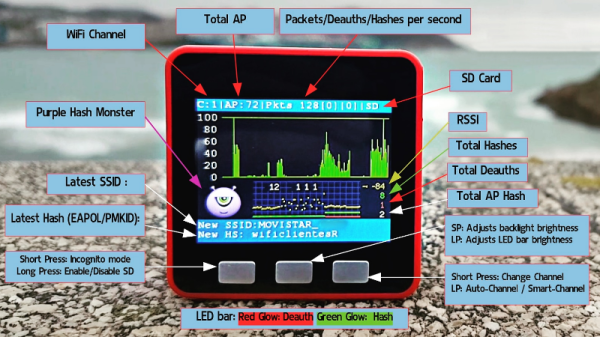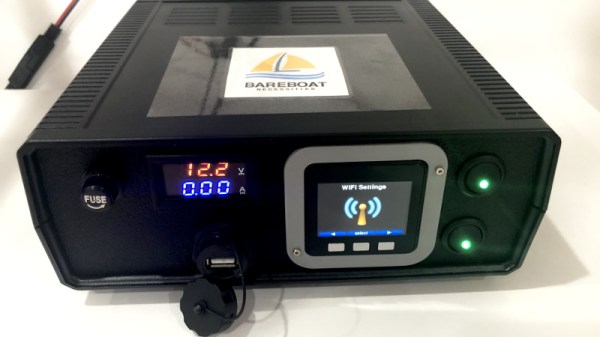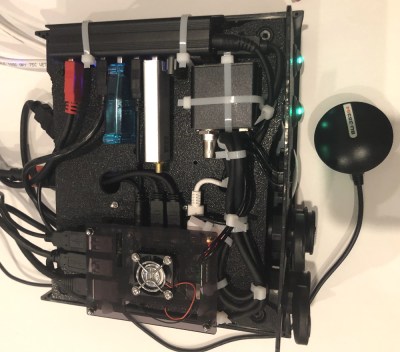The M5Stack is a plastic box loaded up with an ESP32, a display, some pin headers, and a few buttons. Why does this exist? It’s a platform of sorts, and we’ve seen people adding LoRa to the M5Stack as well as thermal cameras. Hot from random online retailers is the M5Stick, a smaller version of the ~Stack that still has a screen, still has pin headers, and still has an ESP32. It’s a new development platform that’s using a USB C plug (hot trends 2019), and it still has all the features of an ESP32.
Ever wonder how they put designs on skateboard decks, or graphic designs on luggage? That would be a UV printer — it’s basically an inkjet that uses UV-curing ink, but the print head has a Z axis, and the bed is usually huge. [Scotty] of Strange Parts recently took a look at a factory that makes UV printers. Yeah, there’s a lot of wiring that goes into these machines, and yeah, you can do a lot with them. Remember: the cheapest UV printers are about $3k, and yeah, you can print designs on PCBs with them.
Virgin Orbit is the Branson-branded take on the Stratolaunch; this is a rocket that uses a single 747 to loft a small rocket into the stratosphere and send it off into a sun-synchronous orbit. This week, Virgin Orbit has completed drop tests to characterize how the rocket falls away from the 747. This is also called ‘a bombing run’, and we could have used a few GoPros on the rocket itself.
Last weekend was ‘LeHack’, a French hacker/infosec conference. There was a coffee vending machine there, complete with touch screen and an offer to pay via your smartphone with an app. You know what happened. It turns out, you can take over all the accounts using the app. You can also brute force the user’s pins. Lesson learned? Why the hell does a coffee machine need an app?
The New Pallet Wood! First off, don’t make anything out of pallet wood unless you know what you’re doing; there’s some nasty chemicals in pallet wood. That said, you can make a fortune with pallet wood furniture on Etsy, and that’s doubly true if you make a pallet wood resin river table. This is the new pallet wood. Hollow core doors are easy to disassemble with a table saw, and provide two large sheets of plywood, and enough sticks to make a frame for something. What can you do with all this wood? Build a guitar, of course.



